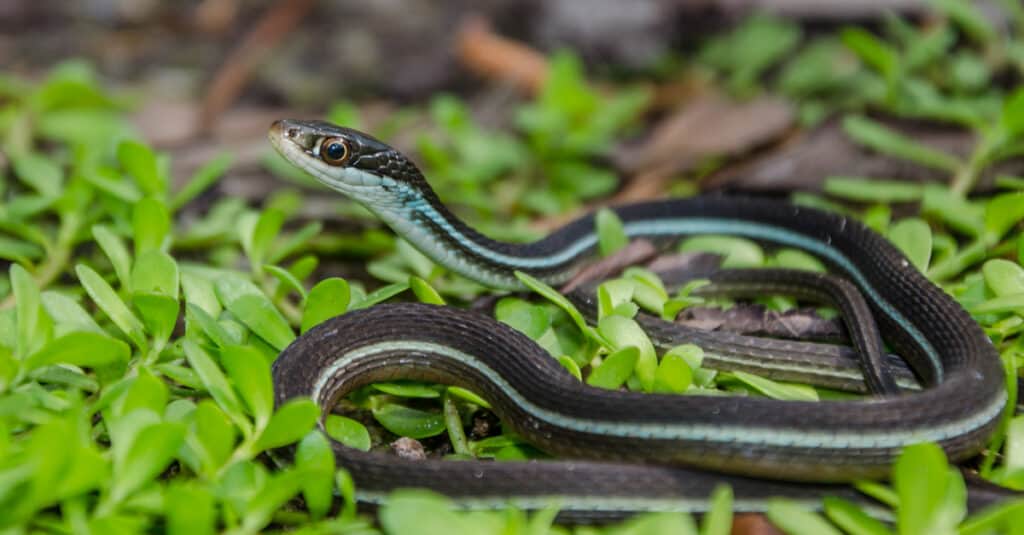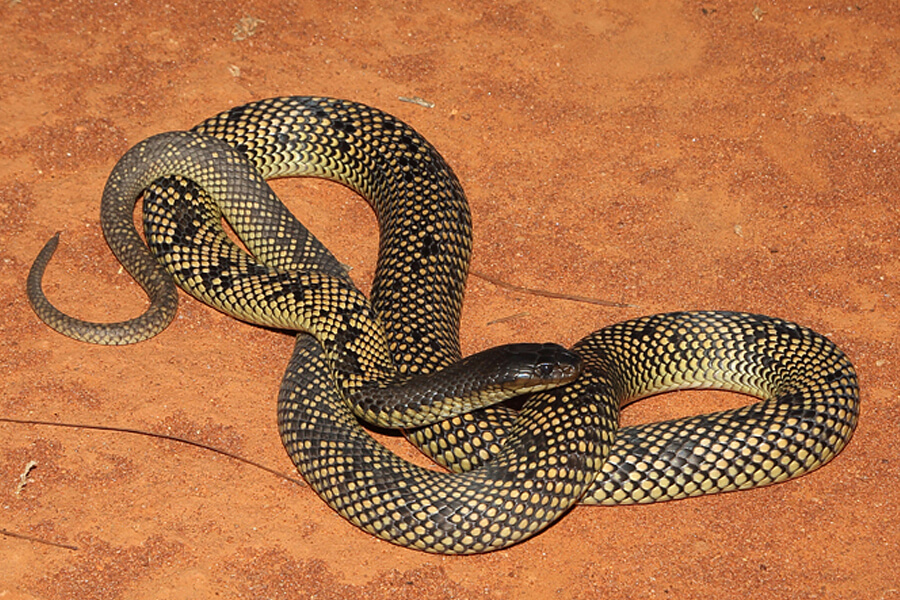Introduction
Australia is renowned for its rich biodiversity, particularly when it involves reptiles. Among these interesting animals, the Eastern Tiger Serpent ( Notechis scutatus) attracts attention due to its striking look and powerful venom. Discovered mainly in southeastern Australia, this juvenile dugite snake species has actually fascinated both herpetologists and informal observers alike. In this detailed overview, we will certainly look into the characteristics of the Eastern Tiger Snake, explore their environment, behavior, and diet regimen, and share necessary safety and security ideas for any individual who may experience them.
As we traverse with the nuances of the Eastern Tiger Serpent's life, we'll additionally discuss essential subjects such as snake bite first aid and prevention methods. With snake attacks being a significant issue in Australia, furnishing yourself with knowledge can indicate the distinction between security and threat. Buckle up as we start this informing journey.
Exploring the Eastern Tiger Snake: Attributes and Safety Tips
1. Overview of the Eastern Tiger Snake
The Eastern Tiger Serpent is a highly venomous snake Camouflage in Australian snakes that belongs to the Elapidae family members. Defined by its distinctive banding pattern that looks like a tiger's red stripes, this types showcases a series of colors from olive-green to black or perhaps brownish hues.
1.1 Physical Characteristics
Tiger serpents are medium to large-sized serpents that normally get to sizes of 1.2 to 2 meters (4 to 6.5 feet). Their robust bodies are complemented by a flattened head that makes them quickly identifiable to name a few snakes.
1.2 Venom Composition
The venom of an Eastern Tiger Serpent is primarily neurotoxic. This indicates it can affect the nerves and bring about paralysis if left unattended. Fortunately, antivenom is readily available in Australia for those unfortunate enough to be bitten.
2. Habitat of the Eastern Tiger Snake
Understanding where these serpents grow can aid in avoiding experiences and appreciating their role in the ecosystem.
2.1 Natural Habitat
Eastern Tiger Snakes favor seaside areas, marsh locations, and meadows. They are frequently discovered near freshwater resources like swamps and rivers.
2.2 Geographical Distribution
This types is mainly situated in southeastern Australia, consisting of parts of Tasmania where they are typically referred to as Tasmanian tiger snakes.
3. Actions Patterns
3.1 Diurnal vs Nocturnal Activity
While some tiger serpents may exhibit nocturnal behavior throughout warmer months, they are mostly diurnal animals that search throughout daytime hours.
3.2 Protective Mechanisms
When endangered, tiger serpents may present aggressive behavior by coiling back or hissing noisally before striking Best first aid practices for Australian snakebites if prompted further.
4. Diet regimen of the Eastern Tiger Snake
Tiger snakes have a varied diet mostly consisting of tiny creatures, birds, amphibians, and various other reptiles.
4.1 Hunting Techniques
They use ambush tactics coupled with quick strikes to capture unsuspecting victim-- an impressive task given their size!
5. Are Tiger Snakes Venomous? Understanding Their Threat Level
Yes! The eastern tiger snake is certainly poisonous; nonetheless, not all attacks lead to envenomation (the shot of venom). Awareness concerning their risk level is critical for anyone that frequents their habitat.
6. Emergency Treatment for Snake Bites: An Important Skillset
If someone is bitten by a tiger serpent or any type of various other species:
- Remain calmness; panic aggravates symptoms. Call emergency situation solutions immediately. Apply a stress plaster above the bite site.
Knowing just how to react immediately can conserve lives!
7. Usual Myths Regarding Tiger Snakes Debunked
Misunderstandings about tiger serpents abound-- allow's address some common myths:
Myth: All snakes are aggressive.
Fact: Several serpent species prefer evasion over confrontation.
Myth: A completely dry bite suggests no danger.
Fact: Constantly look for medical focus despite symptoms!
8. Safety And Security Precautions When Coming Across Snakes
Awareness is your best defense against unwanted experiences with tiger snakes:
- Stay vigilant while hiking or going through known habitats. Avoid high yard where visibility could be limited. Wear proper shoes when discovering all-natural areas.
9. What To Do If You Encounter an Eastern Tiger Snake?
Stay calm! Slowly retreat without making abrupt motions-- it's critical not to prompt the animal further.
10. Infant Tiger Snakes: The Young Ones' Journey
Juvenile tigers usually exhibit various pigmentation than grownups however preserve comparable patterns that offer camouflage against predators and ecological threats.
10.1 Developing Stages
These baby snakes arise after concerning two months' gestation from eggs laid by ladies-- a fascinating change right into independence!


11. The Function of Conservation in Protecting Snake Species
With metropolitan growth trespassing upon all-natural environments, preservation efforts are crucial for keeping healthy and balanced populaces of eastern tiger snakes-- and all wildlife!
Frequently Asked Questions
FAQ 1: Are all tiger snakes deadly?
While eastern tiger snakes possess potent venom with the ability of triggering severe injury or death if untreated, not every encounter leads to a bite or envenomation.
FAQ 2: Exactly how can I identify an eastern tiger snake?
Look for unique stripe patterns incorporated with pigmentation ranging from olive-green to black; they additionally have flat heads particular of elapids!
FAQ 3: What ought to I consist of in my serpent bite emergency treatment kit?
Essential items include pressure plasters, sterilized gauze pads for injury treatment, disinfectant wipes/solutions like alcohol swabs in addition to emergency contact numbers!
FAQ 4: Exactly how often do tiger snakes breed?
Typically reproducing takes place throughout spring when temperature levels climb-- ladies may lay between 20-30 eggs per clutch depending upon environmental conditions!

FAQ 5: What makes Tasmania's tiger snake unique?
Tasmanian tigers often tend towards bigger sizes compared to mainland counterparts; their color variations range widely throughout various geographical locations too!
FAQ 6: Can you safely transfer a snake discovered on your property?
It's recommended not to attempt self-relocation as improper handling may prompt them-- call regional wild animals authorities rather for assistance!
Conclusion
In summary, exploring the eastern tiger snake exposes much regarding among Australia's many fascinating reptiles-- from its striking physical attributes to its vital duty within environments together with prevalent safety factors to consider concerning possible encounters with human beings! Awareness about this types promotes regard while making certain safe experiences should one cross paths with these magnificent creatures out in nature-- because expertise truly empowers us all!